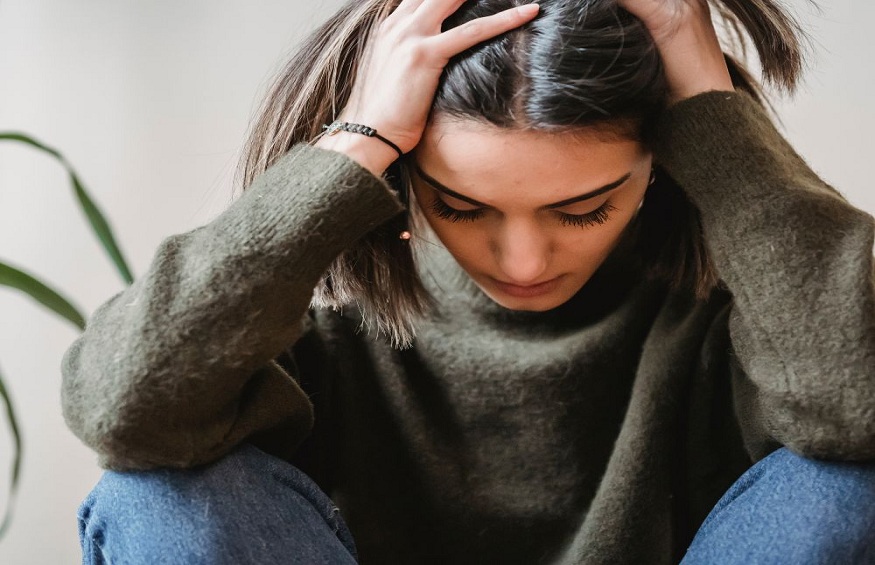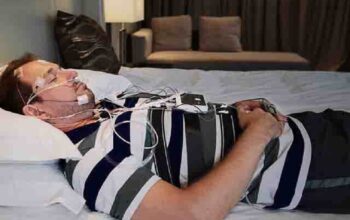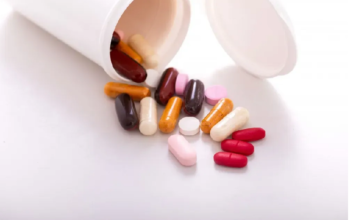Many people will say they are depressed when they are in fact just feeling sad. It is a term that is often misused and minimized unintentionally. Some individuals will even say they are depressed because their favorite TV program has finished or because they haven’t had a vacation for a while. But real depression is quite different from feeling a bit upset or a little down.
Depression v’s Low Mood
The Cambridge Dictionary has two definitions for depression:
The state of feeling very unhappy and without hope for the future, and a mental illness in which a person is very unhappy and anxious (=worried and nervous) for long periods and cannot have a normal life during these periods.
While the symptoms of low mood and depression are often similar, the main difference between the two is that low mood tends to lift after a short period of time, such as a few days or a couple of weeks. In the case of depression, the symptoms can linger on for much longer and can have a detrimental effect on a person’s quality of life. Some of the common symptoms of include:
- worry
- sadness
- fatigue
- frustration
- low self-esteem
- feelings of panic or anxiety
- anger
- lack of interest in hobbies or activities
- negative thoughts
- low energy
- trouble sleeping
- restlessness.
What Causes Low Mood and Depression
For some people, there is an obvious cause for their symptoms. It could be that they are dealing with stress at school or work, they may have lost a loved one, or they are dealing with chronic pain. For others, there is no obvious reason for the way they are feeling. Individuals with depression often go through periods where they struggle with ongoing low mood and then periods where they are feeling okay.
When to Seek Help?
It is difficult to know when you are experiencing low mood or when it is something more serious. It is natural to feel sad and anxious after the death of a loved one, and these feelings can continue for many months. But if you are struggling with the symptoms of depression to the point where they are interfering with everyday life and are showing no signs of improvement, it may be time to speak to a professional, especially if you have been having thoughts of self-harm or depression.
Doctors cannot perform physical tests to diagnose depression, but they will ask a series of questions about how a patient is feeling and their general health.
How is Depression Treated?
Treating low mood is different to how depression is treated. With low mood, doctors will typically recommend self-help strategies such as changes to lifestyle. It may be that you are encouraged to do more exercise as this can help in the release of feel-good hormones, which can lift the mood. Other strategies include relaxation methods like meditation, breathwork, yoga, and Pilates.
For those dealing with ongoing depression, treatment may be slightly different, say the depression experts at Psych Blossom. Depression therapy often includes a combination of self-help strategies and talking therapy such as cognitive behavioral therapy (CBT). Sometimes medication is prescribed if deemed right.
Conclusion
It is common for people to use the term depression when talking about low mood, but they are not the same thing. The symptoms of low mood and depression are often very similar, but while low mood tends to go away after a short period of time, depression can linger on for days, weeks, and even months.
The treatment for low mood usually involves self-help strategies. These same help strategies coupled with talking therapies and medication may be used for those with depression.




